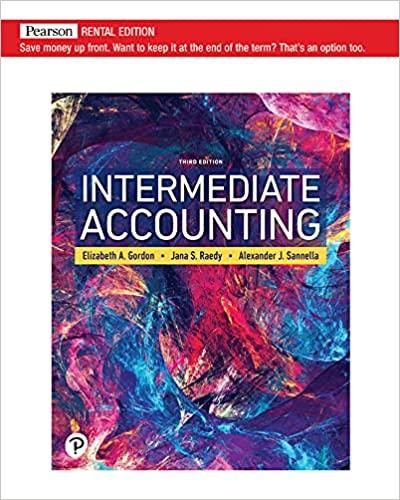Question
Attacks on Chinas cheap currency are overdone CHINA has been accused of manipulating its currency by Tim Geithner, Americas new treasury secretary, and this week
Attacks on Chinas cheap currency are overdone CHINA has been accused of manipulating its currency by Tim Geithner, Americas new treasury secretary, and this week Dominique Strauss-Kahn, the managing director of the IMF, said that it was common knowledge that the yuan was undervalued. You would assume that such strong claims were backed by solid proof, but the evidence is, in fact, mixed. Of course China manipulates its exchange ratein the sense that the level of the yuan is not set by the market, but influenced by foreign-exchange intervention. The real issue is whether Beijing is deliberately keeping the yuan cheap to give exporters an unfair advantage. From July 2005, when it abandoned its fixed peg to the dollar, Beijing allowed the yuan to rise steadily, but since last July it has again been virtually pegged to the greenback. But American politicians are wrong to focus only on the yuans dollar exchange rate. Since July the yuan has gained 10% in trade-weighted terms. It is up 23% against the euro, and 30% or more against the currencies of many other emerging economies. Those who argue that the yuan is still too cheap point to three factors: Chinas foreignexchange reserves have surged; it has a huge current-account surplus; and prices are much cheaper in China than in America. Start with official reserves. If China had not bought lots of dollars over the past few years, the yuans exchange rate would have risen by more. So does the yuans fixed level against the dollar in recent months mean that intervention has risen? On the contrary, in the fourth quarter of 2008, Chinas reserves barely rose, despite a record current-account surplus. This suggests that private capital is now flowing out of China. Charles Dumas, an economist at Lombard Street Research, argues that outflows of hot money could become a flood if China did not have capital controls. China also has strict capital controls which, although leaky, keep private savings at home. If Beijing scrapped those controls, firms and households would want to invest abroad to diversify their assets. In other words, if the value of the yuan was not manipulated and instead was set entirely by the free market, it might fall, not rise. Some argue that Chinas large current-account surplus is incontrovertible proof that the yuan is too cheap. Morris Goldstein and Nicholas Lardy estimate that the yuans real trade-weighted value needs to rise by another 10-20% to eliminate the surplus. But other economists say it is wrong to define the yuans fair value by the revaluation required to eliminate the current-account surplus. Trade does not have to be perfectly balanced to be fair. And Chinas surplus partly reflects its high saving rate. To reduce Chinas external gap, policies to boost domestic spending will be more important than its exchange rate. a) For an economy with fixed exchange rate regime, write down the good market clearing condition, the money market clearing condition and the UIRP condition. Assume that e 0, use IS-LM diagram in the open economy to show the effects of an increase in domestic spending on output, consumption, investment, exchange rate, and net export. Explain the intuition. b) Many people think that Chinas large current-account surplus is incontrovertible proof that the yuan is too cheap. However, the author argues that boosting Chinas domestic spending is also important. Use your answer in a) to explain why this is the case. The author mentioned that Chinas big trade surplus partly reflects its high saving rate, explain why this is the case. c) We know from the article that China follows a fixed exchange rate regime and rigorous capital control. Can the Chinese government have monetary policy autonomy? Explain your answer. Then analyze why the value of Yuan might fall instead of rise if China does not impose rigorous capital control.
Step by Step Solution
There are 3 Steps involved in it
Step: 1

Get Instant Access to Expert-Tailored Solutions
See step-by-step solutions with expert insights and AI powered tools for academic success
Step: 2

Step: 3

Ace Your Homework with AI
Get the answers you need in no time with our AI-driven, step-by-step assistance
Get Started


